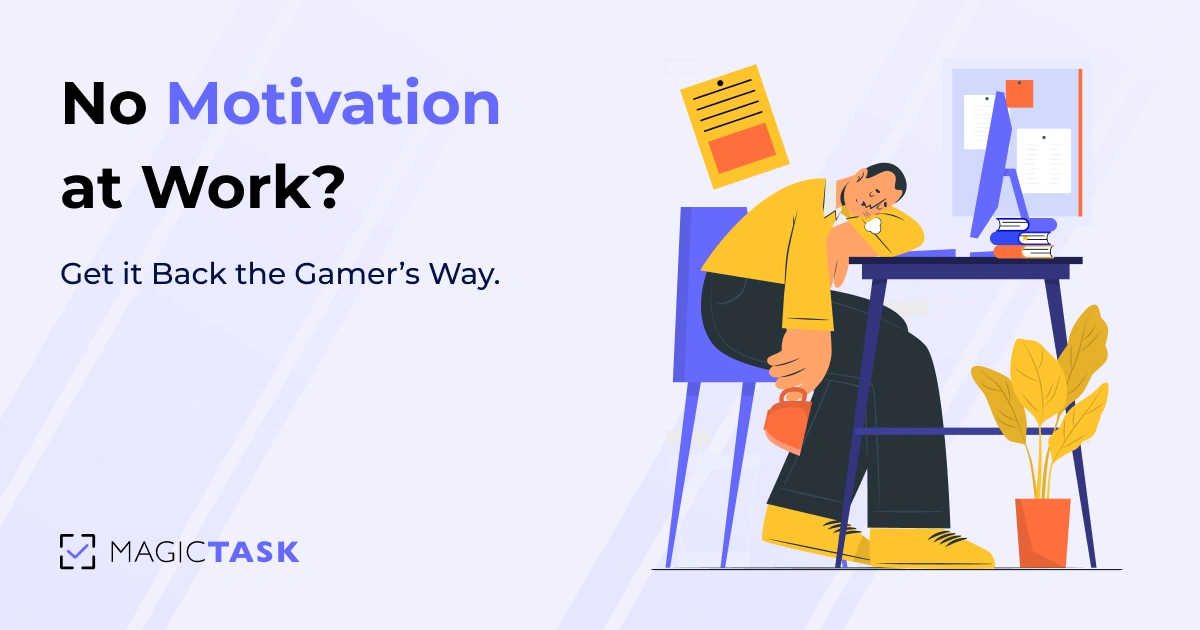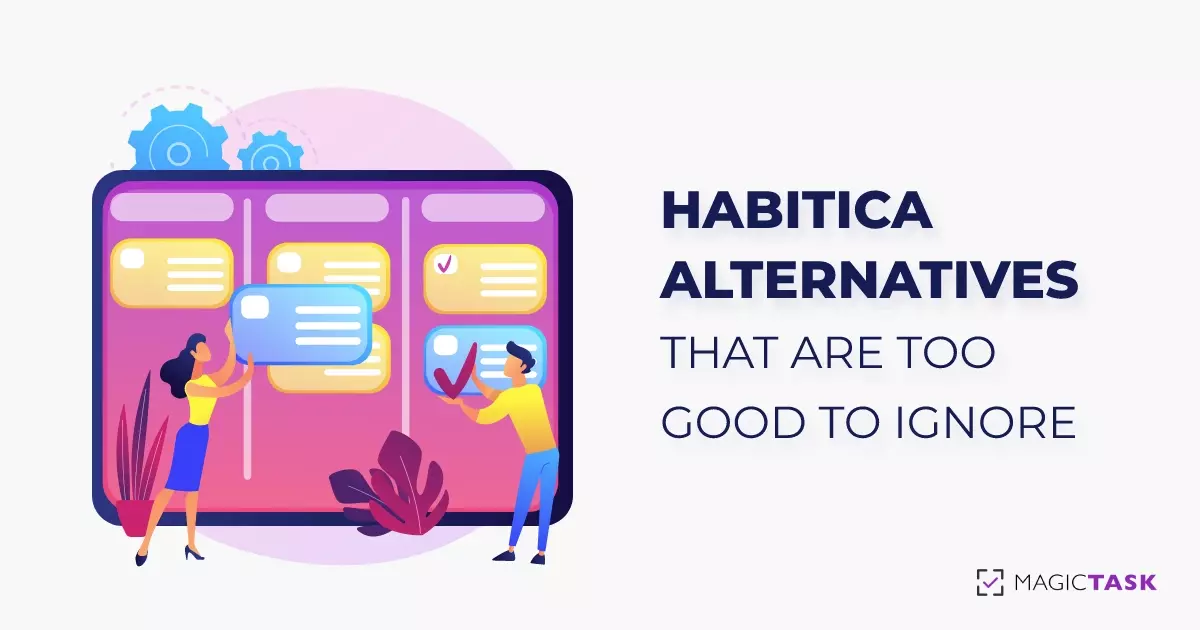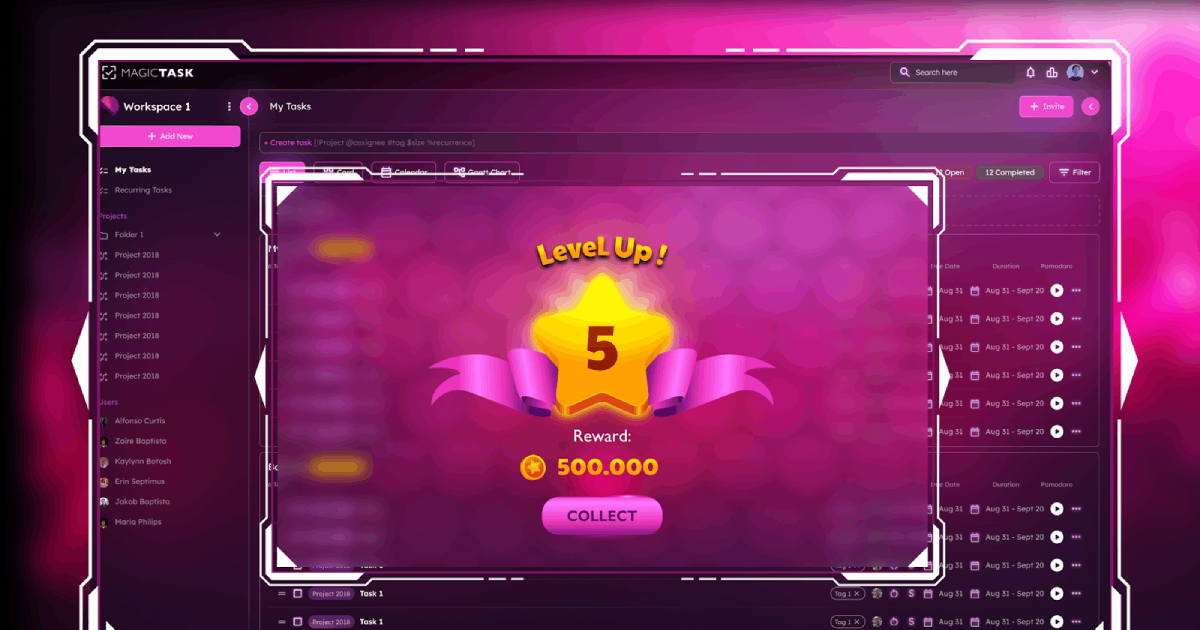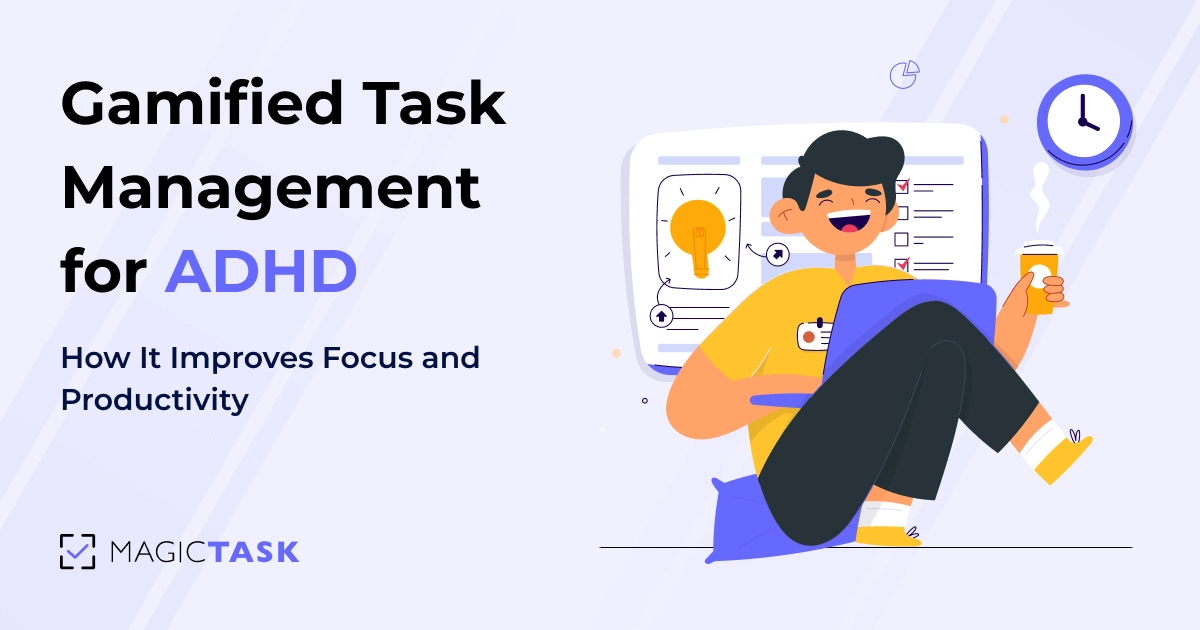Designing MagicTask V3: Crafting the Ultimate Gamified Task System with ChatGPT (Part 1)
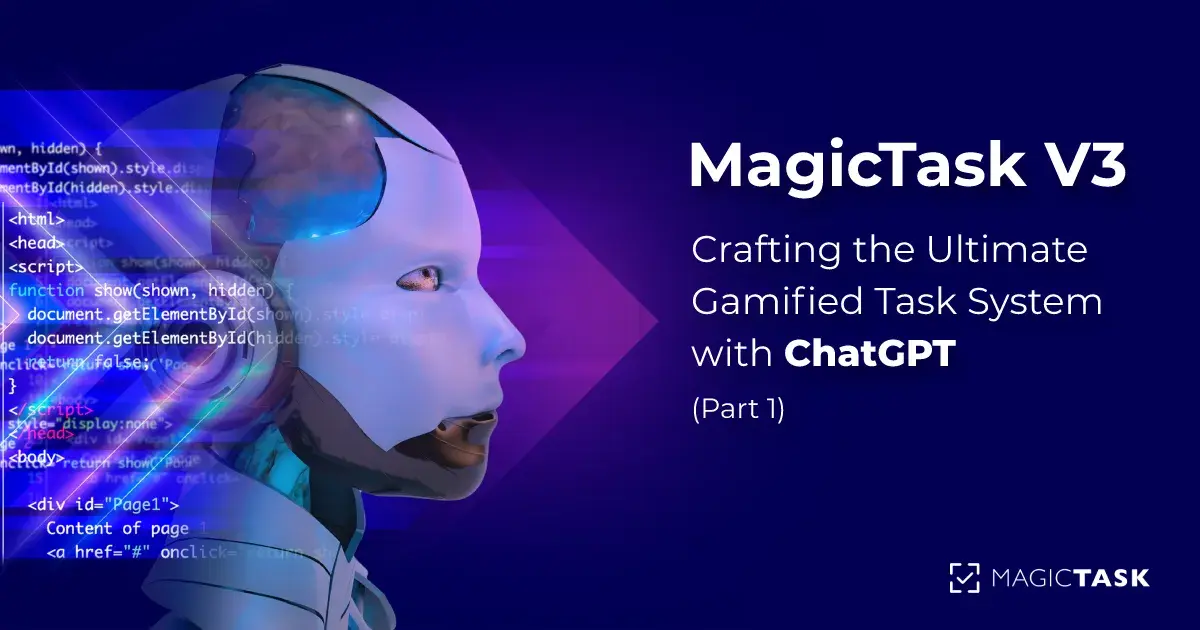
What do you get when you cross a hardcore gamer passionate about productivity? A quest to create the ultimate gamified task management system, of course! As the creator of MagicTask V2 and a gaming enthusiast, I've always been on a mission to level up in life and the digital world. When I first developed MagicTask V2, it was designed to be fast, easy to understand, and fun to use. With a track record of 174 updates since its inception in 2019, MagicTask V2 has gained popularity for its unique features, like customizable themes that offer animations and sound effects.
Now, I'm ready to take it to the next level with MagicTask V3. The plan is to add a full gamification layer on top of the existing system, providing users with a more immersive and engaging experience.
In this blog post, I'll share my journey of designing the object map for MagicTask V3, utilizing the power of ChatGPT, an advanced AI language model developed by OpenAI. So, grab your potions and sharpen your swords, fellow gamers - let's embark on this epic adventure together!
You know you're a hardcore gamer when your idea of a productive day involves leveling up your task management system, am I right?
Researching: What Makes a Good Game?
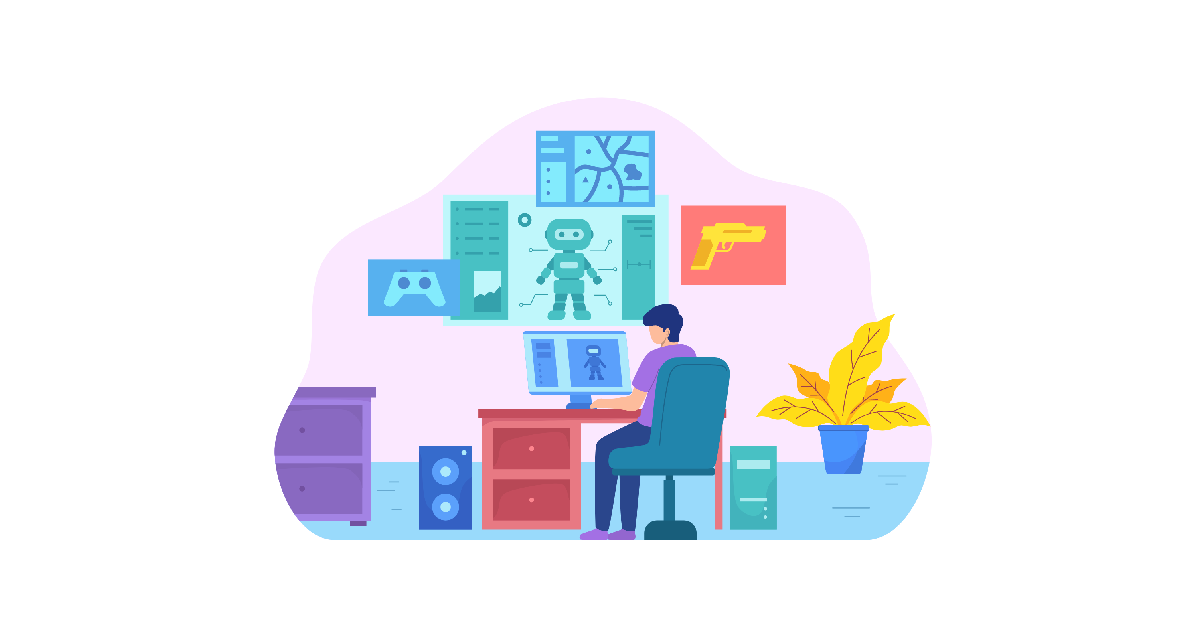
Before diving into the design process, I set out on a quest to understand what makes a good game. After all, you can only create an epic gamified task system by knowing the key components that make games engaging and immersive. To gain a deeper understanding of the critical elements that make games enjoyable, I embarked on a journey through the realms of game design literature, expert opinions, and analysis of successful games.
After exploring various sources and compiling my findings, I discovered that good games generally have the following key components:
Autonomy: Giving players the freedom to make choices and decisions within the game. This sense of control allows players to explore the game world at their own pace and develop their own unique playstyle. Autonomy in games can be achieved through branching narratives, customizable characters, or open-world environments that encourage exploration.
Competence: Challenging the player's skills and rewarding them for their mastery. Competence is the feeling of accomplishment players experience when they successfully overcome challenges and obstacles in a game. To promote competence, games should offer a balanced difficulty curve, with challenges that are neither too easy nor too difficult, and provide meaningful rewards and feedback for progress.
Relatedness: Promoting connections and support between players. Good games foster a sense of community and belonging, allowing players to interact, cooperate, and compete with others. Multiplayer modes, in-game chat systems, and social features like leaderboards and achievements can all contribute to enhancing relatedness.
Immersion: Creating a rich and believable game world in which players can lose themselves. Immersion is achieved through a combination of factors such as detailed environments, compelling narratives, and realistic sound design. The more immersive a game is, the more likely players are to become emotionally invested in the game world and its characters.
Novelty and variety: Offering new experiences and challenges to keep players engaged. To prevent boredom and stagnation, a good game should present fresh content and gameplay elements throughout the experience. This can be achieved through diverse-level design, a variety of game mechanics, and a steady stream of new content or updates.
Clear goals and objectives: Providing players with a sense of direction and purpose. Good games give players a clear understanding of what they need to achieve and how to do it. This can involve explicit objectives, such as quests or missions, or more subtle goals that emerge naturally from the game world and its narrative.
By understanding and incorporating these key components, game designers can create engaging and immersive experiences that resonate with players and keep them coming back for more. With these insights in hand, I set out to craft a gamified task system that would cater to the needs of hardcore gamers like myself while also providing a powerful productivity tool.
Also Read: Gamification in Task Management: How It's Changing The Way We Work?
What Will Make MagicTask V3 a Good Game?
Taking into account the key components of a good game, we've carefully designed MagicTask V3 to be an engaging and immersive gamified task management system. Below are some of the ways in which MagicTask V3 will incorporate these elements to make it a fun and addictive experience for users:
Autonomy: We want to empower users with the ability to customize their MagicTask experience. Some features that will enhance autonomy include:
- Choosing your theme for each season.
- Customizing your avatar with unique equipment and accessories.
- Selecting daily quests and setting personal goals.
- Targeting specific trophies and achievements to unlock.
- Earning custom titles upon leveling up, like "Grandmaster" or "King."
- Making strategic decisions when choosing loot drops or spending Magic Tokens.
- Offering different strategies to attack the seasonal "boss."
Competence: MagicTask V3 will challenge users' skills and help them improve their productivity. Some features that promote competence are:
- Earning more points and rewards through efficient time management.
- Setting and tracking progress on personal productivity goals.
- Optimizing avatar equipment for maximum points and loot drops.
- Offering varying difficulty levels for quests and challenges to cater to different skill levels.
Relatedness: MagicTask V3 will foster connections and support among users. Here's how we plan to enhance relatedness:
- Collaborating with other users to defeat the season/theme boss.
- Working together with your workspace team to tackle the season workspace boss.
- Comparing personal and team rankings on global and workspace leaderboards.
- Sharing achievements and trophies with others to celebrate accomplishments and encourage friendly competition.
Immersion: To create an immersive experience, MagicTask V3 will include:
- High-quality animations and sound effects for completing tasks, leveling up, and engaging in boss battles.
- A rich, visually appealing interface with unique themes and customizable elements.
- A compelling narrative that ties together seasonal themes and boss battles, providing a sense of continuity and progression.
Novelty and variety: To keep users engaged, MagicTask V3 will offer a variety of challenges and rewards:
- Diverse daily quests and challenges that require different skill sets and strategies.
- Regular updates introducing new themes, equipment, and other content.
- Randomized loot drops and rewards to keep users excited and engaged.
Clear goals and objectives: MagicTask V3 will provide users with a clear sense of direction and purpose:
- Well-defined tasks, quests, and challenges with specific goals.
- A progress tracking system that helps users visualize their accomplishments.
- In-game milestones and achievements that encourage users to strive for personal improvement.
By incorporating these elements, we aim to make MagicTask V3 an enjoyable and engaging game that also serves as a powerful productivity tool. The fusion of gaming and task management will provide a unique experience that motivates users to level up their real-life skills and achievements.
Introducing OOUX: A Foundation for Design
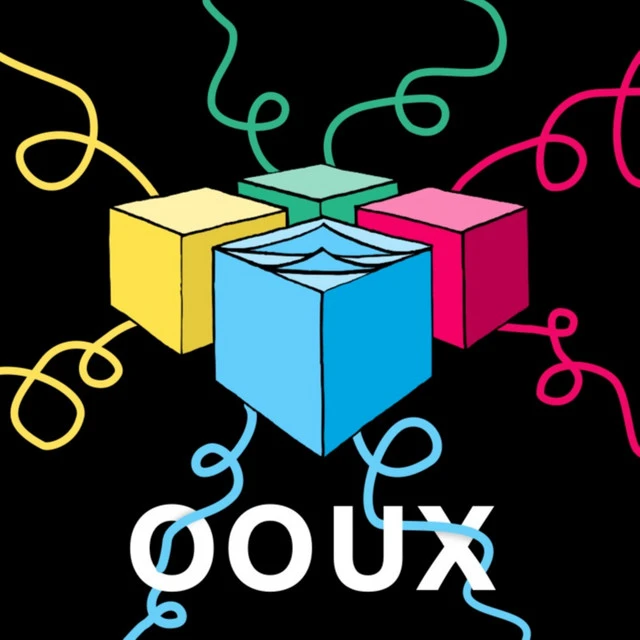
Before diving into the creation of the object map for MagicTask V3, it's essential to understand the design methodology that underpins it: Object-Oriented UX (OOUX). Developed by Sophia Prater, OOUX is a user experience design framework that focuses on designing systems around real-world objects and their relationships rather than individual pages or screens. By embracing OOUX, designers can create more intuitive, efficient, and user-friendly digital experiences. To learn more about OOUX, you can visit the official website.
Sophia Prater is a UX designer, strategist, and speaker who specializes in OOUX. She has worked with numerous clients, including CNN, The Home Depot, and ADP, to help them create intuitive and user-friendly digital experiences. Sophia has also conducted workshops and shared her expertise on OOUX at various conferences and events.
The OOUX framework consists of several key principles:
Object-first design: In OOUX, designers focus on identifying the essential objects within a system rather than starting with individual pages or screens. By concentrating on the objects, designers can create a more coherent and user-friendly experience.
Clear object definitions: Each object in an OOUX system should be clearly defined, with a specific purpose and a set of attributes that describe it. This clarity helps designers understand the system's structure and ensures consistency across the project.
Object relationships: OOUX emphasizes the importance of understanding and mapping the relationships between objects in a system. By outlining these relationships, designers can create more intuitive navigation and interaction flow for users.
User-focused design: OOUX is ultimately focused on creating digital experiences that are user-friendly and intuitive. By designing systems around real-world objects and their relationships, OOUX makes it easier for users to understand and navigate digital products.
By employing the OOUX methodology, I aimed to create an object map for MagicTask V3 that is both intuitive and engaging for users. By focusing on the essential objects within the system, such as users, tasks, avatars, equipment, and achievements, I was able to design a cohesive and user-friendly experience that aligns with the principles of successful game design.
Creating the Object Map with ChatGPT
As a gamer, I know that the key to creating an epic adventure lies in the details. So, for MagicTask V3, I decided to take a strategic approach to designing its features by creating an object map. An object map is a visual representation of the main objects in a system, along with their attributes and relationships. It helps to create a clear structure, avoid redundancy, and ensure that all objects and features are well-integrated.
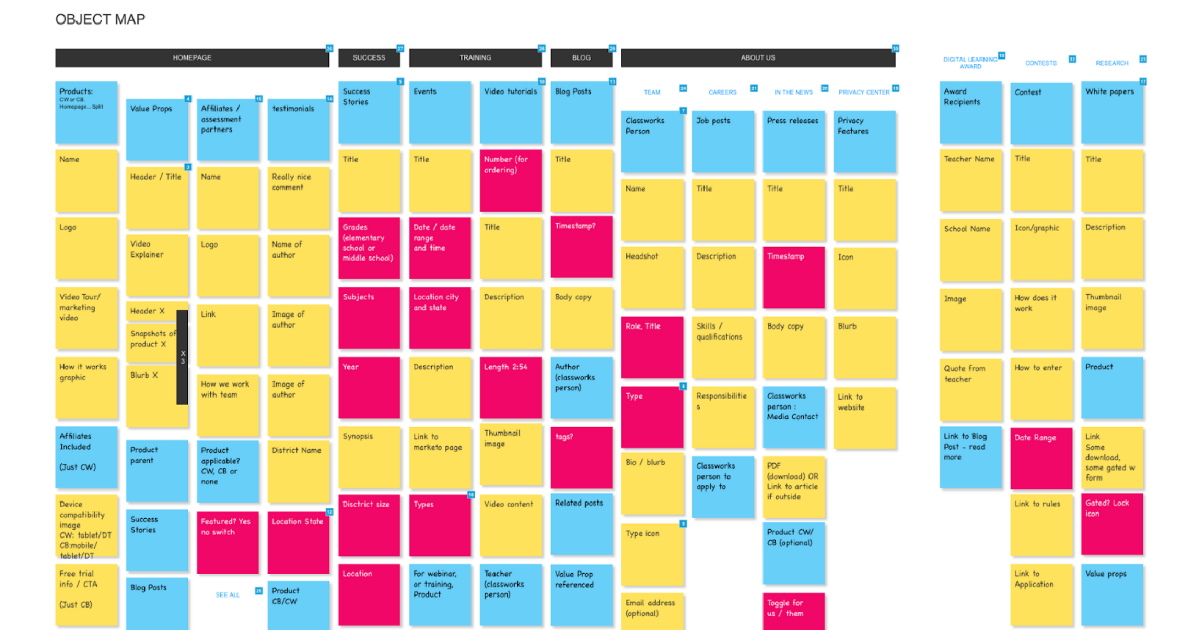
To level up my object map game, I turned to ChatGPT. It can generate human-like text, making it an invaluable ally in brainstorming ideas and fleshing out the details of the object map. Here's how I harnessed the power of ChatGPT to create a well-crafted object map for MagicTask V3:
Brainstorming objects and features: I began by discussing my ideas with ChatGPT, who provided suggestions for additional objects and features that would make MagicTask V3 more engaging and rewarding. By leveraging ChatGPT's vast knowledge base, I was able to uncover innovative ideas that I might not have considered otherwise.
Refining objects and their attributes: After generating an initial list of objects, I worked with ChatGPT to refine and expand their attributes. This involved defining each object's properties, actions, and states. ChatGPT helped me think through the possible interactions between objects and users, ensuring that the features were well thought out and engaging.
Mapping object relationships: With a solid understanding of the objects and their attributes, I collaborated with ChatGPT to establish the relationships between the objects. This involved identifying how objects are connected, dependent, or influenced by each other. ChatGPT's ability to process and analyze complex relationships helped me create a coherent and well-structured object map.
Validating and iterating the object map: The final step was to validate the object map by checking for consistency and completeness. I discussed the object map with ChatGPT, who provided insights into potential gaps or redundancies in the design. Based on the feedback, I iterated on the object map, fine-tuning the objects, attributes, and relationships to ensure a seamless and immersive gaming experience.
Creating a "gamer-approved" design: Throughout the process, ChatGPT helped me maintain a gamer-centric approach to designing MagicTask V3. This AI-powered brainstorming session ensured that the final object map was aligned with the elements of a good game, providing users with an engaging and motivating task management system.
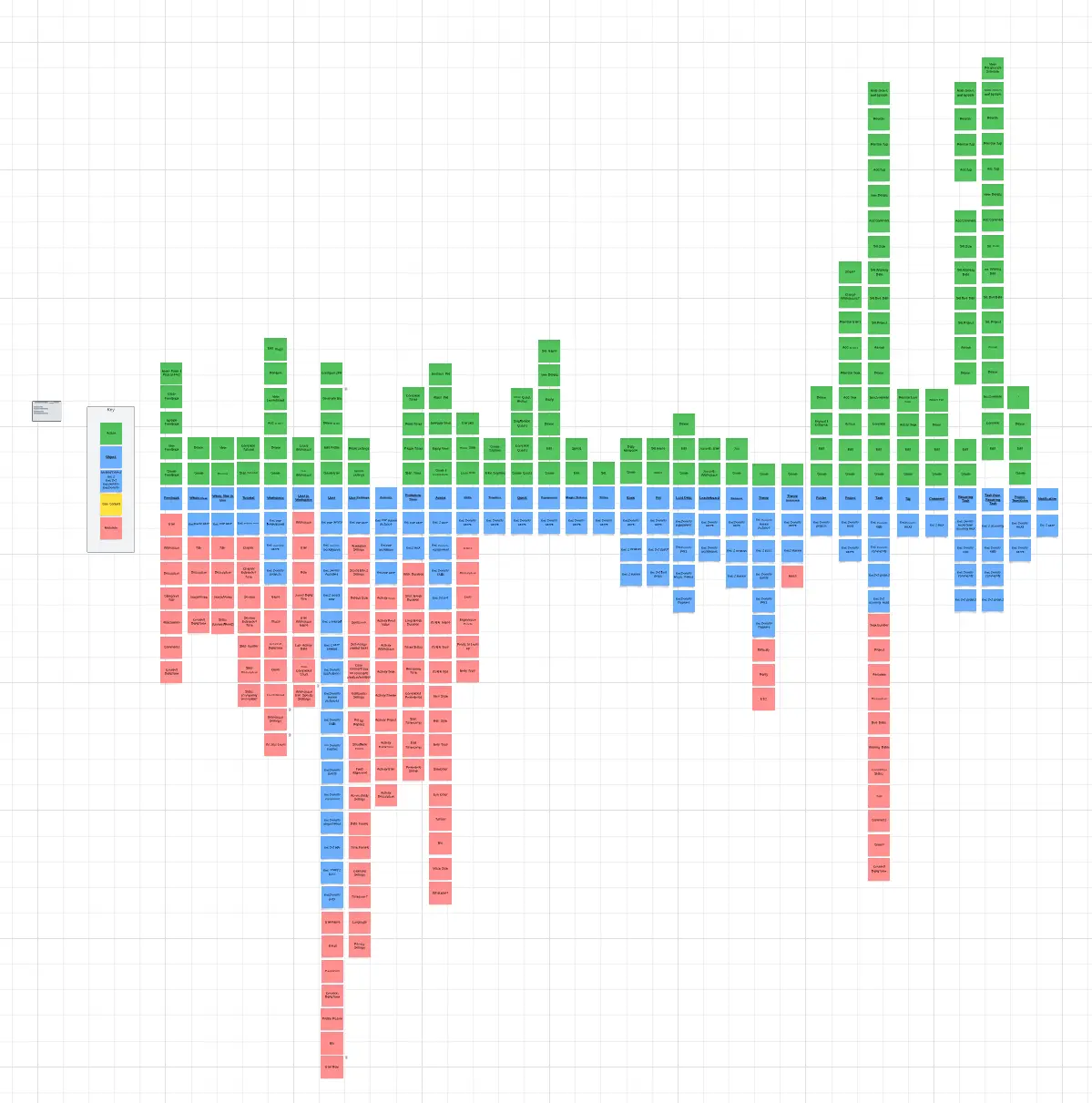
By enlisting the help of ChatGPT, I was able to create a detailed and well-structured object map that laid the foundation for MagicTask V3's gamified features. This collaboration between humans and AI provided a unique perspective and creative edge, allowing me to craft a gaming experience that will level up productivity for MagicTask users. The boss battle of task management awaits, and with ChatGPT on my side, I'm confident that MagicTask V3 will be an epic adventure for all users!
Utilizing ChatGPT to Write This Blog Post

After successfully training ChatGPT on MagicTask V3 and creating the object map, I discovered the true potential of this AI language model extends beyond just game design. In fact, I've been able to harness the power of ChatGPT to write this very blog post that you're reading right now.
With ChatGPT now well-versed in MagicTask V3's concepts, mechanics, and objectives, I found it incredibly helpful in assisting me with the writing process. It not only saved me time and effort but also provided valuable insights and suggestions throughout the development of this blog.
As I worked on each section, I engaged in a back-and-forth dialogue with ChatGPT, providing it with prompts and receiving relevant and well-structured outputs in return. The AI's ability to understand the context and intricacies of MagicTask V3 has been instrumental in creating a coherent and engaging narrative that accurately reflects my journey in designing the gamified task management system.
Of course, getting ChatGPT fully trained and aligned with the project's requirements took effort and multiple iterations. However, the investment in time and energy has paid off significantly, as AI has become an invaluable asset for designing MagicTask V3 and helping me communicate my ideas and experiences through this blog post.
The collaboration between human expertise and AI, demonstrates the immense possibilities that lie ahead in various fields, including game design, content creation, and more. By leveraging AI assistance, we can continue to push boundaries, enhance productivity, and elevate the quality of our work across multiple domains.
Conclusion
As we continue our journey of designing MagicTask V3, it's important to remember that nothing is set in stone. We are constantly iterating, refining, and making changes to the design and features daily, ensuring we create the best possible gamified task management system for our users. Our collaboration with ChatGPT has been instrumental in this process, helping us to streamline our workflow and generate new ideas.
Our current goal is to have a fully working, clickable Figma prototype ready by July 1st, which will serve as the foundation for the development phase of MagicTask V3. Starting development around that time will allow us to refine the system further, taking into account user feedback and any new insights we gain along the way.
In conclusion, the fusion of human creativity and AI assistance, as exemplified by our work with ChatGPT, holds immense potential for the future of game design and many other fields. As we progress with MagicTask V3, we are excited about the possibilities that lie ahead and the positive impact this gamified task management system will have on the lives of our users. Stay tuned for updates on our progress, and get ready to level up your productivity game!
